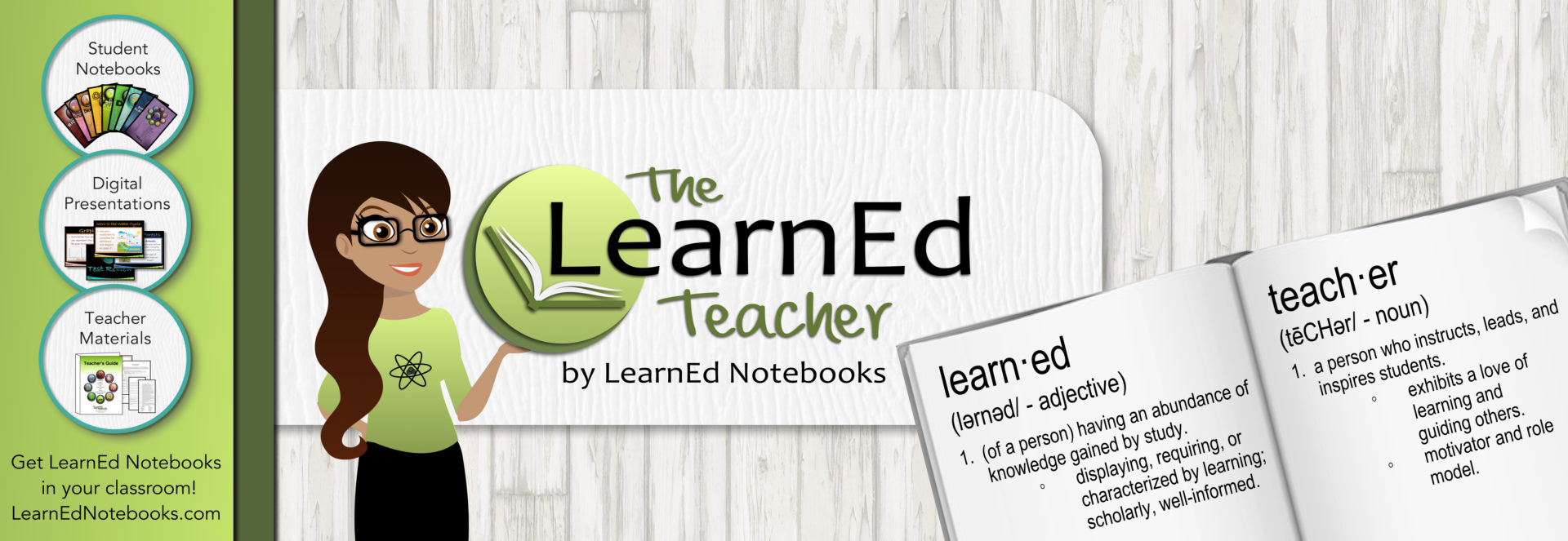You’ve probably seen this popular poem by Joshua T. Dickerson:
I woke myself up
Because we ain’t got an alarm clock
Dug in the dirty clothes basket,
Cause ain’t nobody washed my uniform
Brushed my hair and teeth in the dark,
Cause the lights ain’t on
Even got my baby sister ready,
Cause my mama wasn’t home.
Got us both to school on time,
To eat us a good breakfast,
Then when I got to class the teacher fussed
Cause I ain’t got a pencil.
I still remember the first time I read it. It hit me like a ton of bricks. That student accomplished all that before school but I fussed because there was no pencil. For years, I was that teacher.
I pride myself on holding my high school students to standards. I learned quickly during my first semester in the classroom, that if you give out pencils, they never get returned. If you don’t expect them to bring pencils, they certainly aren’t bringing their notebook or textbook. If you don’t hold them to standards, how can you expect them to turn in their work? If they aren’t responsible for their learning, are we even accomplishing anything in this classroom?
RELATED: FOR THE LOVE OF SCIENCE
High standards are key. But what about that student from the poem? Where does compassion fit into your classroom? Here are four things to remember when you’re trying to figure out how to mix empathy with expectations.
- Treat each student as an individual. Rules and procedures are important but the foundation to any solid learning experience is a caring teacher. Get to know them. Learn what their lives are like. What do they love? Where do their passions lie? What are their home lives like? Once you know your students on a personal level, you have a better chance of understanding why they didn’t bring a pencil to class.
- Evaluate every situation individually. Just as you’re treating every student individually, each situation deserves individual attention as well. It’s easy to create blanket statements that apply no matter what, but resist that urge. If it was that simple, a robot could do your job and your students need you.
- Remember that every student is just a kid. No matter what grade level(s) you work with – kindergarten through college – they’re still just kids. Even as responsible(ish) adults, we’ve all shown up to a meeting digging through our bag and looking for a pencil. Extend a little grace; a helping hand never crippled anyone.
- Evaluate the reason why. Has Susie walked in every day this week without a pencil? And you’ve given her one of your pencils on Monday, Tuesday, Wednesday… Is the problem that she doesn’t know what your expectations are? Is she unable get her locker open? Is another student taking hers? Help her figure out the problem and the solution. And then when she brings her pencil on Friday, celebrate with her!
RELATED: 6 WAYS INTERACTIVE NOTEBOOKS CAN MAKE YOU A MORE EFFECTIVE TEACHER
Mixing empathy with expectations is perhaps the most difficult part of being an educator. You’re constantly faced with situations that need a quick decision. It’s trial and error and none of us get it right every time. The good news is that your next chance to combine your high expectations with compassion is just around the corner. And that’s a guarantee!
Follow LearnEd Notebooks on social media! Pinterest // Facebook // Instagram // Twitter // YouTube
________________________

LearnEd Notebooks provides teachers and students with an innovative notebooking solution. We specialize in providing educators with a unique curriculum that allows you to break free from conventional methods of instruction and spend more time on labs and inquiry-based science. We provide the framework of an interactive notebook with the flexibility of teaching strategies that seamlessly integrate with each teacher’s own methods of instruction. Our complete programs include printed student notebooks, digital presentations, and access to teacher resources — each focusing on diverse learning styles and engaging instructional strategies.
Click here to get LearnEd Notebooks in your classroom!
________________________




